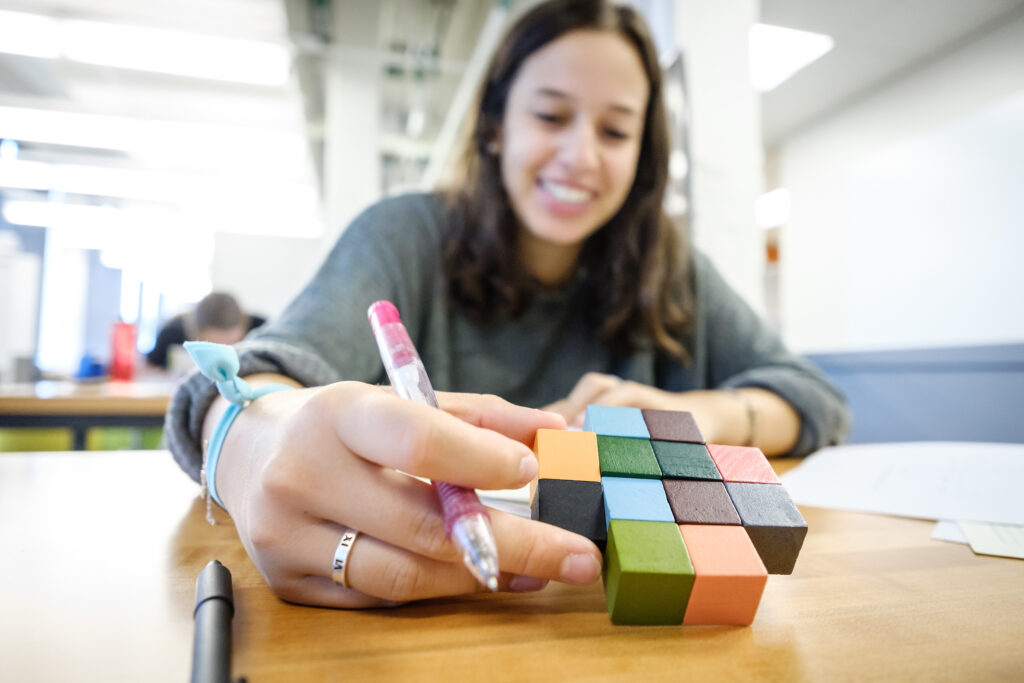Student Learning Outcomes

Student learning outcomes (SLOs) are the foundation of curriculum development and student learning assessment. Outcomes serve to convert lofty learning goals into measurable statements of what students will be able to demonstrate or do by the time they complete that academic program. Because they focus on the destination – expected student learning, outcomes serve as a “north star” guiding the creation of curriculum that leads to those outcomes and the selection of assessment measures to evaluate if the outcomes have been achieved. Outcomes are aligned to, and derived from, a program’s goals for teaching and learning and they then inform decisions about curriculum content and sequences, course design, pedagogical strategies, assignments and assessments. In short, student learning outcomes help faculty and programs explain what they do and why they do it.
A Note About Jargon: There is considerable variation, and therefore resulting confusion, in the use of vocabulary associated with describing what students are supposed to learn in an academic program. This is particularly true for the terms goals, objectives, and outcomes. Rather than worry about the “right” definition, it’s more important that there is consistent use of the terms within an institution. Here’s how the terms are used here:
- Goals refer to the hopes and dreams that faculty have for student learning in their program and their courses. Goals are teacher-oriented, what the teacher hopes to accomplish.
- Outcomes, in contrast, are student-focused. They articulate what students will be able to do when they complete the program of study.
